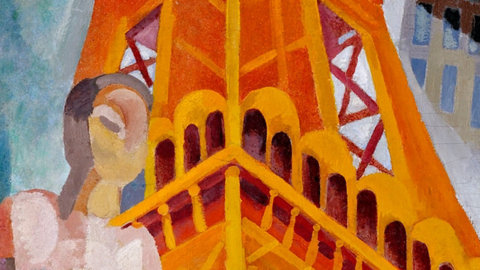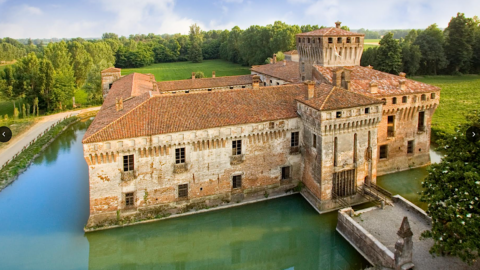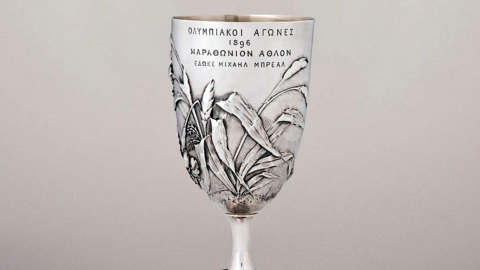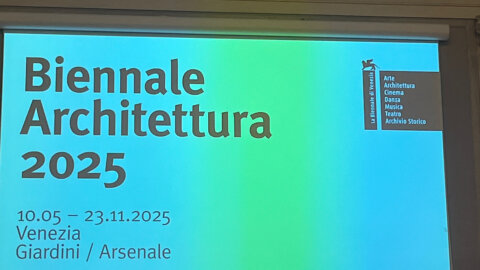from Belle Epoque In the Roaring Twenties, Paris continued, even more than ever, to attract artists from all around the world. This cosmopolitan city was both a capital where innovation thrived and a place of enormous cultural influence. Paris would maintain this status despite the reorganization of the international scene following the First World War, a period during which women played an important role, which has too often been forgotten. Ambitious, unique and exciting, this exhibition aims to demonstrate the dynamism of the period by highlighting the ruptures and brilliant progress that occurred, both artistic and technological. It brings together almost four hundred works by Robert Delaunay, Sonia Delaunay, Marcel Duchamp, Marie Laurencin, Fernand Léger, Tamara de Lempicka, Amedeo Modigliani, Chana Orloff, Pablo Picasso, Marie Vassilieff and many others. It also features clothing designs by Paul Poiret and Jeanne Lanvin, jewelry by Cartier, a plane from the Musée de l'Air et de l'Espace in Le Bourget, and even a car on loan from the Musée national de l'Automobile in Mulhouse. Through fashion, film, photography, painting, sculpture and drawing, as well as dance, design, architecture and industry, this exhibition showcases the rich creativity of the period 1905-1925.
The exhibition, organized both chronologically and thematically, draws its originality from the geographical perimeter on which it mainly focuses, namely the Champs Élysées, halfway between the Montmartre and Montparnasse districts. Stretching from the Place de la Concorde to the Arc de Triomphe and the Esplanade des Invalides, it includes the Petit and the Grand Palais, as well as the Théâtre des Champs-Élysées and rue de la Boétie. This neighborhood was a true cradle and fulcrum of Modern life. At the time, the Grand Palais hosted the latest artistic creations at the Salon d'Automne and Salon des Indépendants every year, where the public could discover works by Customs Master Rousseau, Henri Matisse and Kees van Dongen among others. During the First World War, the Petit Palais played an important patriotic role, exhibiting artwork that had been damaged during the conflict, as well as Mimi Gare's Pinson cockade (tricolor cockade). In 1925, he hosted the International Exhibition of Modern Decorative and Industrial Arts, showcasing an exciting mix of traditional, Art Deco and international avant-garde productions. A few steps away, on what is now the Avenue Franklin Roosevelt, then called the Avenue d'Antin, the great fashion designer Paul Poiret moved into a sumptuous private home in 1909. He soon earned a reputation for his sumptuous costume parties , such as “The Thousand and Second Nights” held there in 1911, for which the designer created matching clothes and accessories. His villa also housed the Galerie Barbazanges, where he was located Picasso The Young Ladies of Avignon were first exhibited in 1916. The Spanish artist lived in the nearby rue de la Boétie with his wife Olga. THE exhibition also offers an insight into the interiors of their home, allowing an unprecedented glimpse into the couple's private life.
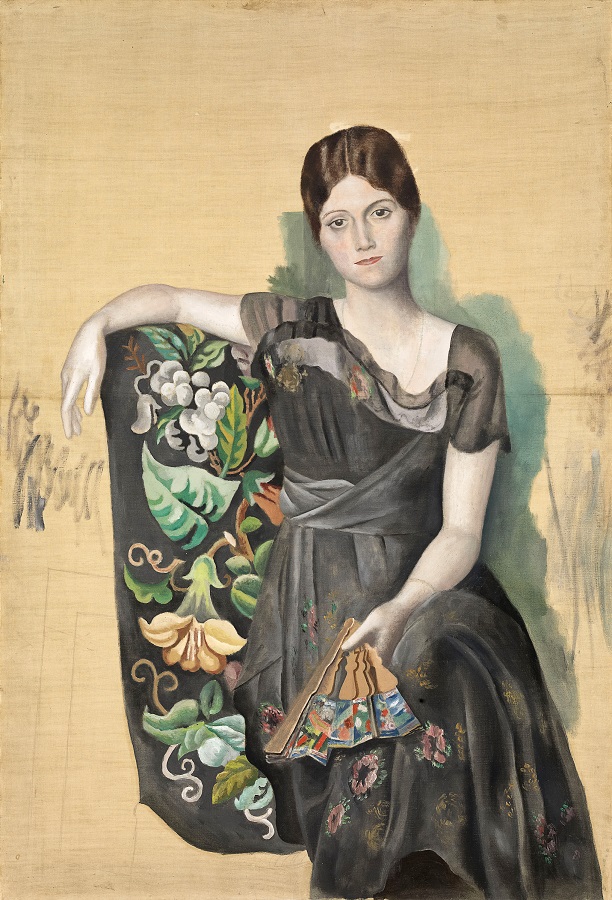
Pablo Picasso, Portrait of Olga in an armchair, spring 1918, Paris, Musée national Picasso © Picasso Estate – Copyright photo © RMNGrand Palais (Musée national Picasso-Paris) / Mathieu Rabeau
After the war, the Galerie Au Sans Pareil on the Avenue Kléber opened its doors to Dadaist and Surrealist art
On Avenue Montaigne, the Théâtre des Champs-Élysées, opened in 1913, hosted ballet productions by Russian and then Swedish ballet companies until 1924, with works such as Relâche and The Creation of the World. In 1925, Josephine Baker, newly arrived in Paris, caused a sensation there with the Revue Nègre. He frequented cabarets such as Le Boeuf sur le Toit which he opened in 1922 in rue Boissy d'Anglas and where Jean Cocteau attracted many of the capital's socialites.
This history of “modern Paris” has been marked by numerous “accidents” and dramatic events
The scandals that punctuated artistic life are touched upon here: from the "cage of beasts" (cage aux fauves) and the "Kubism" of Braque and Picasso to the highly erotic Nijinsky in the role of faun in The Rite of Spring, produced by the Ballets Russes in 1913, at the Parade ballet created by Cocteau during the war, with costume costumes designed by Picasso, some of which can be seen here. Modernity has assimilated all these scandals, many of which become fundamental stages in the consecration of some artists. Modernity also involved progress in the fields of technology and industry. Speed was of the essence with the development of bicycles, automobiles and airplanes, to which trade fairs were added at the Grand Palais. This exhibition, featuring a plane and a Peugeot car, demonstrates the popularity of such fairs with artists such as Marcel Duchamp and Robert Delaunay they had a lasting influence on their work. The war also saw photographs flood the press. The development of cinema, machinery and speed transformed society and Paris into an urban spectacle, similar to that presented at the Théâtre des ChampsÉlysées in Fernand Léger's Ballet Mécanique, in 1924.
The role of women of the period is highlighted throughout the exhibition
From 1905 to 1925, French society experienced dramatic social upheavals. Women enjoyed a greater sense of freedom by eliminating the corset. Artists comand Marie Laurencin, Sonia Delaunay, Jacqueline Marval, Marie Vassilieff and Tamara de Lempicka they held an important place in the avant-garde. A symbol of female empowerment, the flapper figure was immortalized in Victor Margueritte's novel in 1922. With her short stature and slim waist, Josephine baker he was the embodiment of freedom. A biracial woman from St. Louis in the United States, she experienced a terrible racial riots experience as a child, and upon arriving in France, marveled at the possibility of being served in a cafe on the Champs-Élysées like everyone else.

Kees Van Dongen, Josephine Baker, 1925, private collection © AKG images © ADAGP, Paris 2023.
Josephine Baker: Paris became her city and France her adopted country
Josephine baker he was just one figure in a growing multicultural movement within French society. Chalice Aïcha for example, modeled after a renowned artist of West Indian origin, was immortalized in the works of Félix Vallotton. The ballroom on rue Blomet was a very popular venue for Biguine (Martiniquan style) music. From the underground art scene to elite social circles, well-known figures such as Max Jacob and Gertrude Stein strove to build bridges: poor artists stood side by side with the rich of Montparnasse, and with the more fortunate among them they attracted attention of generous patrons such as Chaïm Soutine or the American billionaire Alberto Barnes. A beacon for artists and tourists from all over: Eastern Europe, Brazil, etc. United States and Russia: Paris was truly the “international capital of the world”. There scenography designed by Philippe Pumain iimmerses visitors in this fascinating era, punctuated by a selection of films by René Clair, Fernand Léger and Charlie Chaplin.

